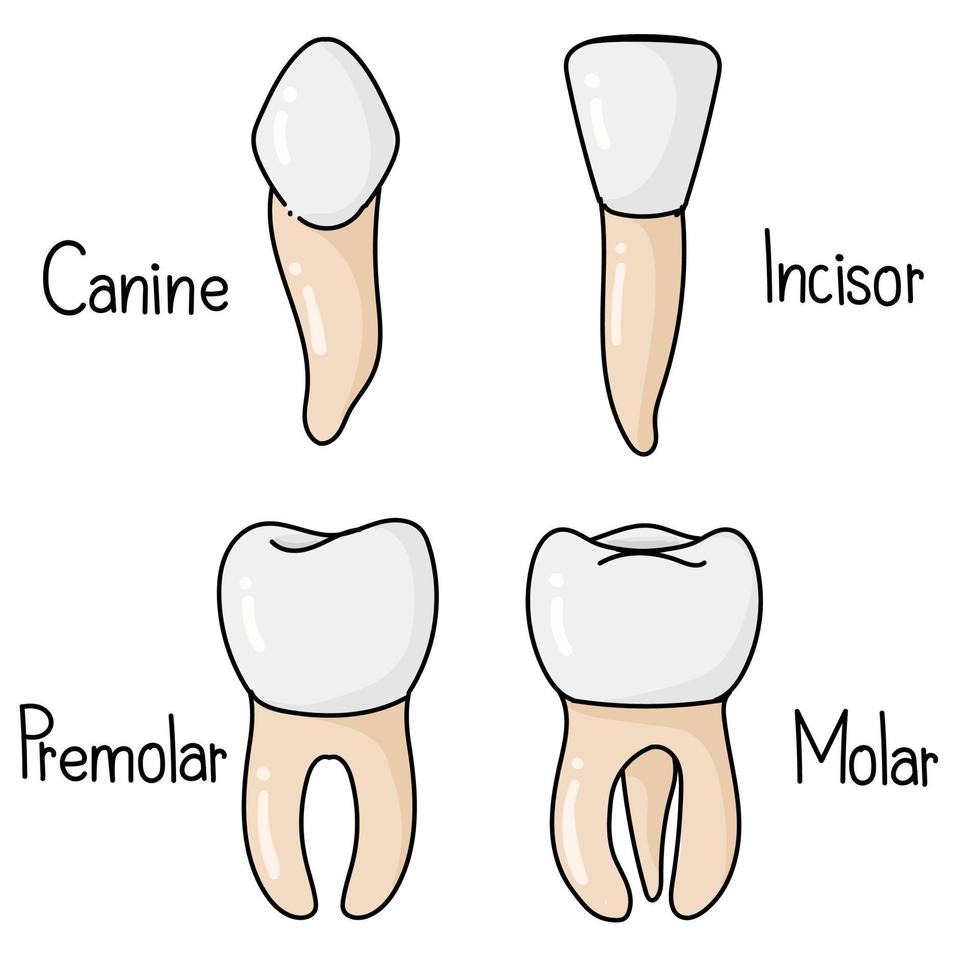+918600111087

This is your website preview.
Currently it only shows your basic business info. Start adding relevant business details such as description, images and products or services to gain your customers attention by using Boost 360 android app / iOS App / web portal.
1. Incisors The incisors are the types of teeth th...

1. Incisors The incisors are the types of teeth that greet your friends, family and grace your photographs. If you are looking for an aesthetically pleasing smile, then you should shower your incisors with plenty of care, i.e. flossing, and regular tooth brushing. Incisors are the four most middle teeth on both the top and bottom jaws. Incisors take the first bites into food and help support the lips as well. There are two types of incisors – central incisors and lateral incisors. Central incisors Know what makes you pronounce your consonants clearly? They are your two maxillary central incisors! Central incisors can be found in the front part of your jaws. The top row of central incisors are shaped like shovels and are the most prominent feature of your smile. The bottom central incisors have a single root. Their main function is to help to chew food in mastication. Lateral incisors The small teeth between your central incisors and your canines are known as your lateral incisors. Adults generally have four lateral incisors, two upper incisors and two bottom incisors. Lateral incisors have a single root, and they tend to be small and thin. Lateral incisors play a crucial role in digestion, as they help to divide food into smaller pieces during mastication. The next time you chew your food, you will know that your lateral incisors are hard at work! 2. Canines The second type of teeth is canine. Adults have four canines in all, one on each side of the top and bottom incisors. You can find your canines just at the curve of your dental arch on both sides of your jaw. The term “canine” conjures up the image of a friendly doggo with canines. This is likely due to the shape of canines, which are pointy on the tip. The uppermost peak of the canine is known as the “cusp”. Canines are the strongest type of all four types of teeth and are highly resistant to the tremendous pressure caused by chewing. Canines are vital in the overall functioning of your teeth. Canines help to shear food, support the lips and are complementary in assisting your incisors and premolars in the chewing of food. More importantly, canines guide all your teeth into place when the top and lower jaw come into contact. 3. Premolars Just behind your canines are your premolars. Adults have four premolars, four on the top and bottom of your jaw. Premolars have two cusps. They are flat on top and are used to, surprise, surprise, chew food. Specifically, premolars tear and grind food into smaller pieces when chewing. An interesting fact about the premolars is that they help to maintain the height of your face. 4. Molars Your molars are next to your premolars. They are your widest, flattest teeth and are the strongest, most powerful teeth. Generally, adults have twelve teeth in total – six on top and six on the bottom. The molars cluster into four groups of three at the back of your mouth.

